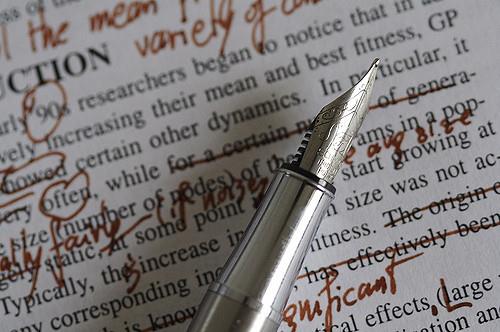Career & Tools
If you haven't published before or are just starting to publish, you probably know little about how the academic editorial process works. Here's a brief introduction.
 If you haven't published before or are just starting to publish, you probably know little about how the academic editorial process works. Here's a brief introduction taken from The Chronicle of Higher Education article How Your Journal Editor Works by Devoney Looser.
If you haven't published before or are just starting to publish, you probably know little about how the academic editorial process works. Here's a brief introduction taken from The Chronicle of Higher Education article How Your Journal Editor Works by Devoney Looser.
Journal Editor
When your article gets sent off, it's first seen by âthe journal editor. This editor does a quick read, looking at your title, skimming the article to see if you are following guidelines, and reading the end to see if you are contributing to the field. If it is satisfactory, the editor finds reviewers to read your work. If not, you'll receive a quick response that your article doesn't meet standards.
Reviewer
âTwo or three readers (reviewers) will read your work and offer suggestions. Two to three months might pass before you get the readers' reports. âMost of the advice will âprobably be helpful to make your work better, some âof it not so much, but it's best to incorporate some of the âsuggestions if you plan to get published.
Reâvising
Take some time to reflect on the suggestions and then revise your work in a timely manner. Usually, this is not a weekend turnaround. âTake a ââfew weeks, but don't take a few months, then submit your revised work.